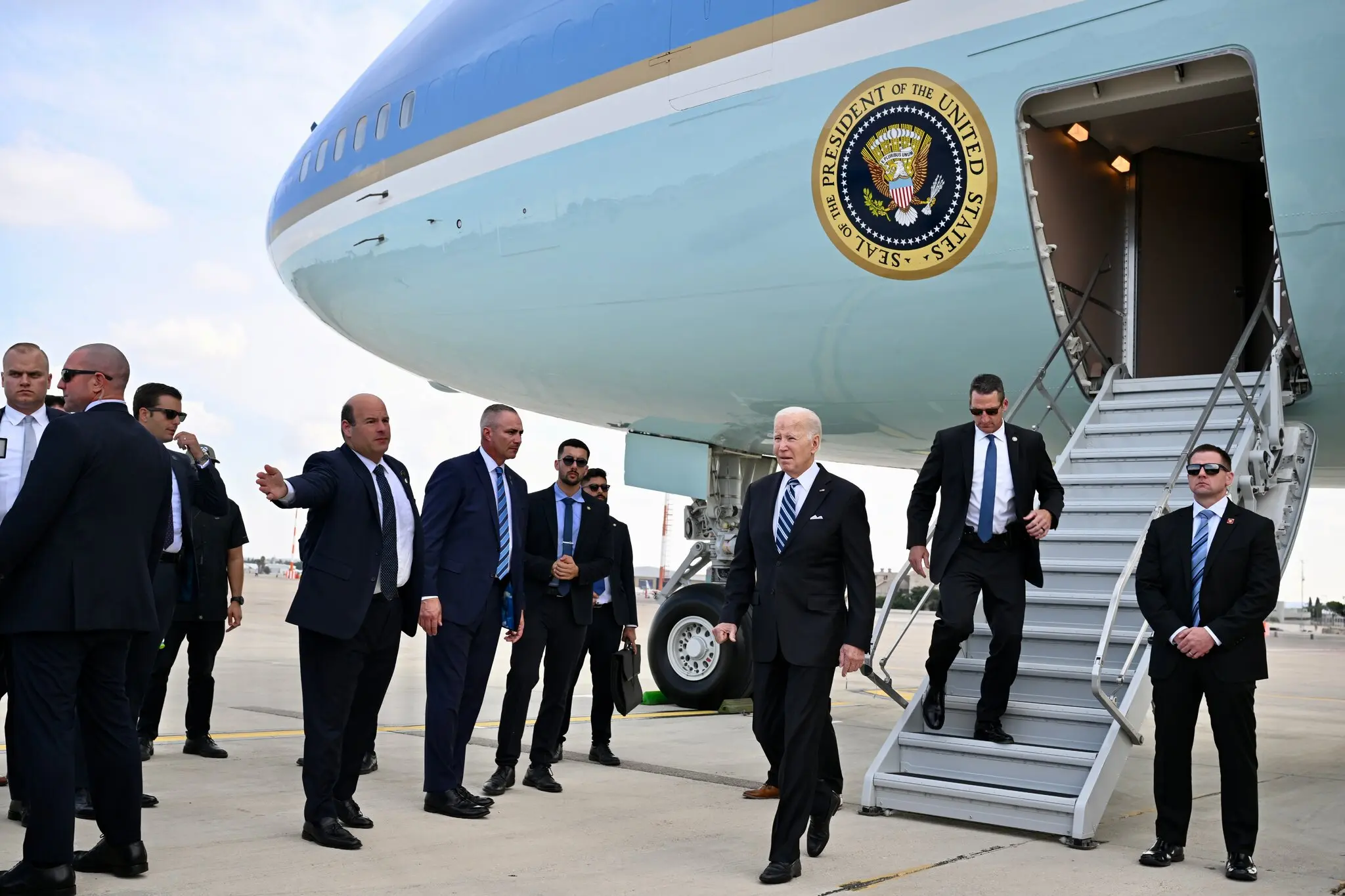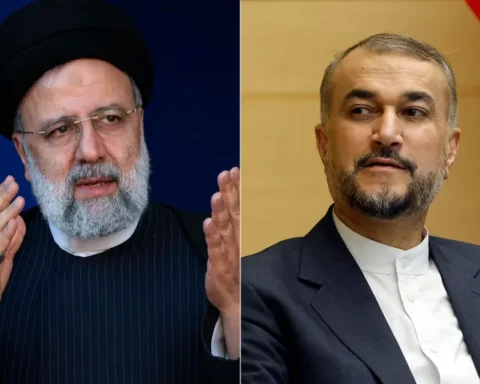News analysis by The New York Times columnist Stephen Erlanger: The trips by President Biden to Israel and President Putin to China demonstrate the contrasting approaches of the United States and Russia, as well as China, to the conflict between Israel and Hamas and reflect changes in the global political landscape, especially since the start of the Russia-Ukraine conflict.
President Biden’s visit to Israel underscores strong American support for that country in the conflict with Hamas, while President Putin’s visit to China underscores the deepening of their partnership. The global political landscape has changed significantly because of the Russia-Ukraine standoff. Russia, China, and Iran have formed a new axis that seeks diplomatic, economic, and strategic cooperation. They are challenging the Western-dominated international order and forcing countries to choose sides.
In the conflict between Israel and Hamas, the West, including the US, supports Israel, while Russia and China side with the Palestinians. They criticize Israel’s actions and call for international mediation and a ceasefire. The Middle East conflict is also an example of these opposing views and competing interpretations of international rules. Russia and China appeal to the sentiments of the Global South and Europe, calling Israel’s actions colonialism and emphasizing the Palestinian struggle. Russia seeks to appeal to the broader Arab public while maintaining relations with countries with good ties to the U.S. and Israel. It also seeks to prevent the conflict from spreading to the entire region.
Thus, Biden and Putin’s trips are indicative of the geopolitical realignment caused by the Russia-Ukraine conflict and its impact on global conflicts, including the war between Israel and Hamas. These developments underscore the growing gap between Western democracies and the Russia-China-Iran axis in international politics.
The entire article can be read at the link https://www.nytimes.com/2023/10/18/world/europe/biden-israel-putin-china.html











